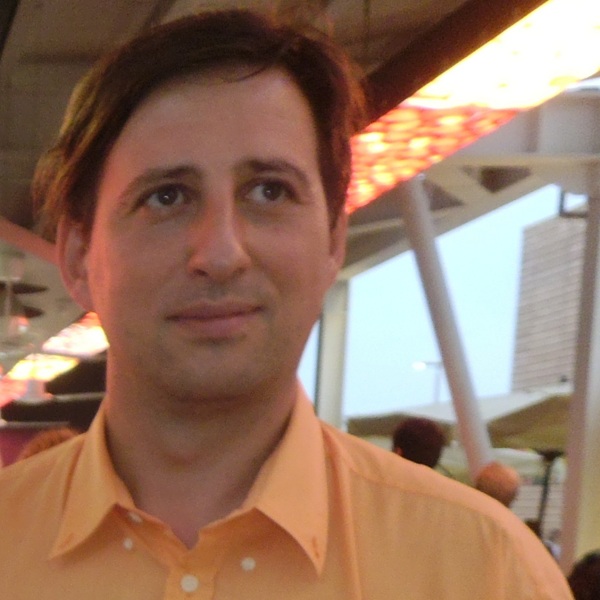
1999-2002: PhD student in Plant Biology, University of Milan, Italy. Supervisor: Prof. Robert. C. Jennings. Thesis: “The role of singlet and triplet excited state population on photoinactivation, studied in vitro and in vivo.”
1994-1998: Laurea in Biological Sciences, University of Milan, Italy. Mark: 110/110. Supervisor: Prof. Robert. C. Jennings. Experimental thesis: “The relation between the excited state population in Photosystem II antenna and photoinhibition in isolated spinach thylakoids”
2022 – Present. Senior Researcher at Institute of Agricultural Biology and Biotechnology, National Research Council of Italy (CNR), Milan, Italy.
2021 –2022: Senior Researcher at Institute of Biophysics, National Research Council of Italy (CNR), Milan, Italy.
2012 – Present: Group Leader/Coordinator of Photosynthetic Research Unit.
2010 – 2020: Researcher at Institute of Biophysics, National Research Council of Italy (CNR), Milan, Italy.
2009 – 2010: Post-doctoral Researcher at Department of Physics, University of Strathclyde, Glasgow, Scotland, United Kingdom. Principal Topics of Investigation: Ultrafast conformational changes in model peptides. Development of the application of bi-dimensional infra-red femtosecond absorption transfer in combination with fast (picosecond), triggerable, pH-jumps.
2007 – 2008: Senior post-doctoral Researcher at Department of Chemistry, Arizona State University, USA, and Institut de Biologie Physico-Chimique, , Paris, France (continuing from University of Alabama). Principal Topics of Investigation: Directionality of electron transfer in Type I photosystems. Application of rapid (ns) UV-VIS spectroscopy to monitor photosynthetic electron transfer in whole algal cells. Development of special pulse sequences to study the effect of meta-stable intermediates in the reactions.
2003 – 2007: Post-doctoral Researcher at Department of Biology, University College, London & School of Biological and Chemical Sciences, Queen Mary, University of London, London, United Kingdom. Principal Topics of Investigation: Directionality of electron transfer in Type I photosystems. Application of light-induced pulsed electron paramagnetic resonance techniques (out-of-phase ESEEM & ENDOR) to the study of photosynthetic electron transfer in intact systems.
2001 – 2003: Post-doctoral Researcher at School of Biological Sciences, Queen Mary, University of London, United Kingdom. Principal Topics of Investigation: Quinone exchange in the Cytochrome bo3 complex, studied by continuous-wave and pulsed electron-nuclear double resonance (ENDOR)